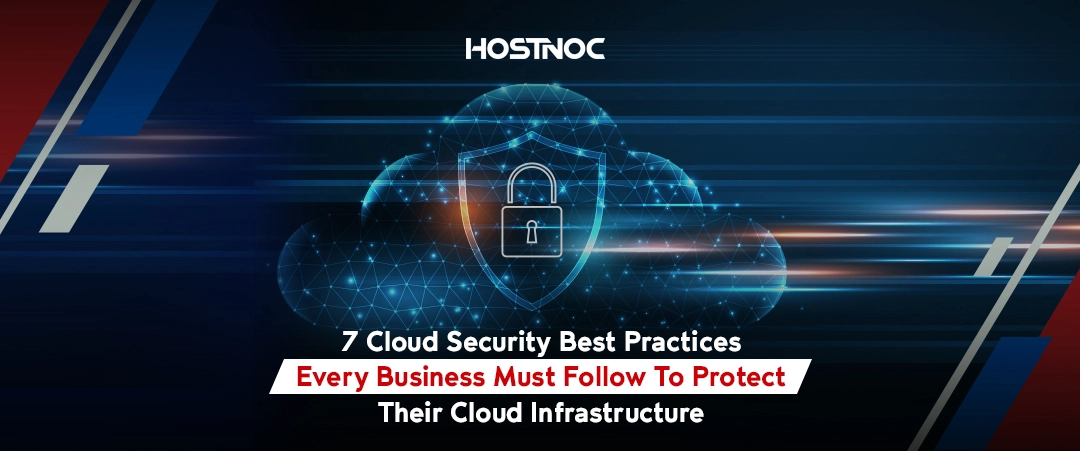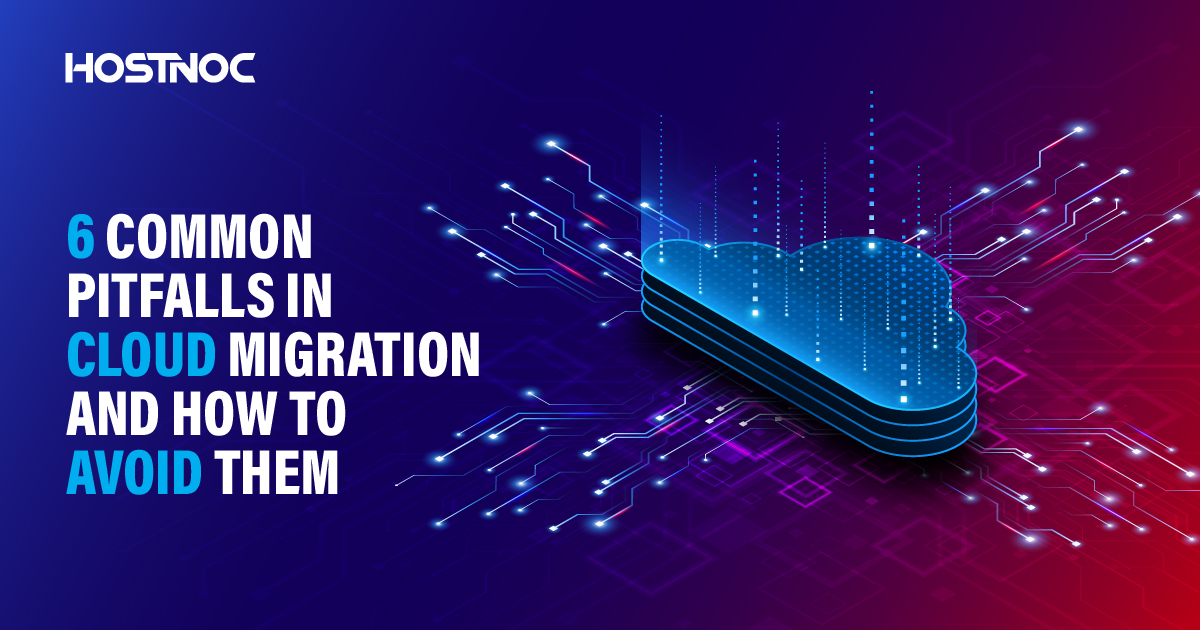Blogs

7 Common Cybersecurity Misconceptions You Should Clear Right Away
July 30, 2019
How Infrastructure as a Service Can Deliver Value for Your Business?
August 20, 20197 Cloud Security Best Practices Every Business Must Follow To Protect Their Cloud Infrastructure
Cloud Security Best Practices has been around for quite some time now and offers many advantages which have led to its wider adoption. Unfortunately, it has also been criticized for its poor security and privacy. Ensuring privacy and security of data has become the biggest cloud security challenge for cloud providers.
If your business is planning to switch to a cloud-based infrastructure or have already done so, then this article is for you. In this article, you will learn about seven cloud security best practices that can keep your cloud infrastructure safe.
7 Cloud Security Best Practices Every Business Must Follow
Here are seven cloud security best practices that your business must follow:
- Establish data management policies
- Encrypt your data
- Keep an eye on security threats
- Penetration Testing
- Train Your Employees
- Access Control
- Share Cloud Security Responsibility
1. Establish Data Management Policies
There are instances when you are thinking about switching to a new cloud provider or reverting back to on-premise architecture. That is when companies tend to leave their current IT solutions, but it can create some security repercussions. Create data management policies and implement those policies to ensure safe data movements, whether you are performing data migration or deleting your data. You don’t want your data to get into wrong hands.
2. Encrypt Your Data
Most businesses are still hesitant to move their data to the cloud because of security and privacy concerns. Thankfully, cloud solution providers have found a suitable solution to this problem, Encryption. If your current cloud encryption supports data encryption, you should encrypt your data immediately. If it does not, you can look for other cloud providers who offer this facility. Make sure you read the encryption policies of cloud providers carefully. Cloud service providers mention everything in detail about how they encrypt your data stored on cloud servers. Your company should know about these guidelines before migrating your mission-critical business information to the cloud.

3. Keep an Eye On Security Threats
Most cloud security providers take a reactive approach, which means that they wait for your cloud to get attacked and then take action. Unfortunately, this is the wrong way to go about it. Today, sophisticated threats can slip under the radar and hide within your cloud. They wait for the right moment to strike and when they do, businesses are in no position to defend themselves. That is why it is important to keep an eye out for cybersecurity attacks and monitor suspicious activity. Your security systems should be capable enough to raise the red flag as soon as they find malicious activity and report to concerned authorities.
4. Penetration Testing
Hackers are quick to identify security vulnerabilities and exploit them, whether it is a cloud or on-premise system. That is why it is important to put your cloud security solutions to the test by conducting penetration testing. This will allow you to identify gaps in your cloud security services you are using and let you plug in those gaps because a cyber attacker takes advantage of those loopholes and fulfill their malicious designs. The good news is that many cloud providers will support you in performing penetration testing in search of these loopholes. Make sure that you are performing these tests regularly so that you don’t miss out on any new vulnerability which can lead to a zero-day exploit.

5. Train Your Employees
Employees are the weakest link in your cybersecurity chain and cybercriminals know that. As a result, they constantly try to trick employees into giving out sensitive details with social engineering attacks such as phishing and spear-phishing attacks. Invest in cloud security training and it will increase employee awareness about cyber attacks through cloud security tutorial, so they don’t fall prey to hackers again. The more aware your employees are about cybersecurity, the harder it will be for hackers to trick them.
6. Access Control
Even though most businesses store their more critical data on on-premise dedicated servers, but some business data is also stored on the cloud. Such data can easily be accessed and misused if you don’t have proper access control in place. Make sure that the person who is accessing your data is authorized to do so. Assign rights, define roles and create access policies for employees to prevent any mishap. You don’t want to give admin rights to low-level users.
7. Share Cloud Security Responsibility
Most businesses think that cloud security is the responsibility of cloud vendors so they can sit back and relax once they have signed a contract with a cloud service provider. In fact, cloud security is the responsibility of cloud vendors as well as the users.
If you read the contract carefully, you might find clauses that distinguish which aspect of cloud security fall under the cloud service provider’s domain and which ones your business has to take care of. Make sure you go through the contract twice and agree on all the points before signing on the dotted line.
Which cloud security best practices do you implement? Let us know in the comments section below.
Featured Post
6 Common Cloud Migration Pitfalls and How To Avoid Them
Cloud migration can be a daunting process for many organizations. Whether you’re moving to the cloud for increased flexibility, cost savings, or scalability, it’s easy to […]
Current State of Cloud Security: 7 Shocking Statistics That Will Blow Your Mind
Cloud always has a bad reputation when it comes to security and privacy. The advantages, such as flexibility, scalability, and lower costs, tend to come to […]
How Cloud Computing Essentials Unlock Benefits for Businesses?
Table of Contents Understanding Cloud Computing Essentials Benefits of Cloud Computing Essentials 1. Cost Efficiency 2. Scalability and Flexibility 3. Improved Collaboration and Accessibility 4. Enhanced […]













